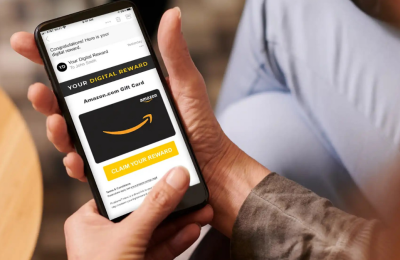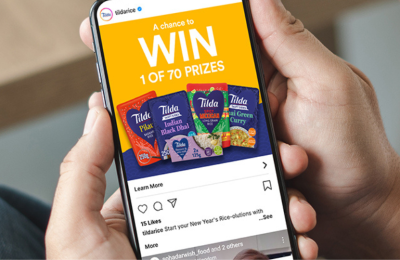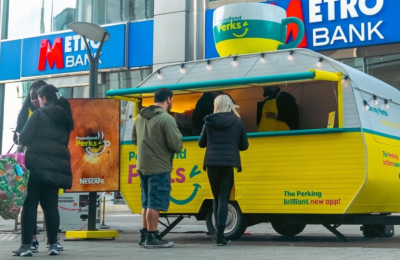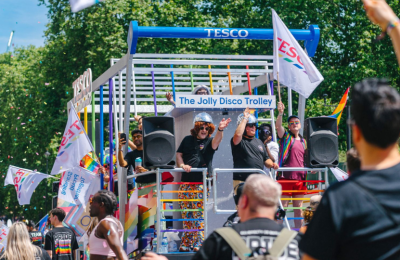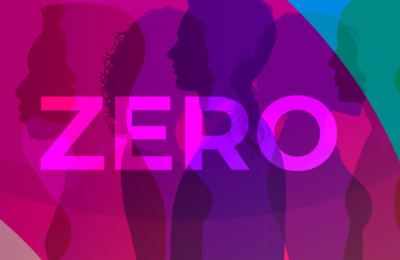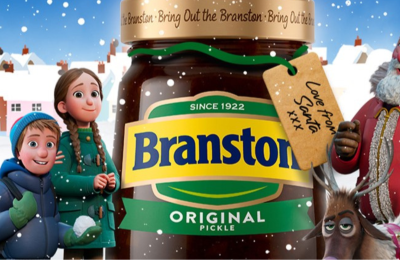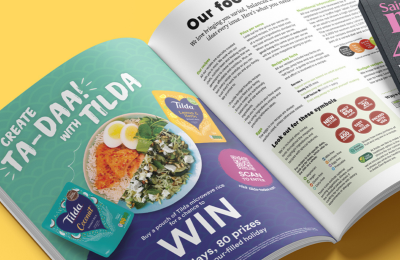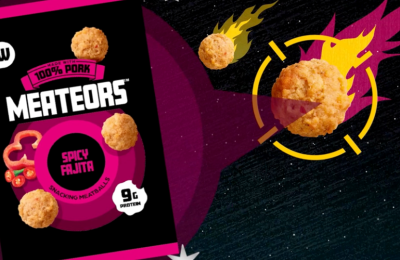Have you ever struggled to create a clear and concise brief for your supplier? Never knowing what information you need to provide, whether it’s too little or too much and if you’re actually allowed to disclose certain details – Mando talks Top Tips on writing a great Fixed Fee Promotional Brief.
First, if you’re not sure whether something is important enough to include in your brief, include it anyway, too much information is always better than not enough. It’s always better to overshare from the start than for there to be any misinterpretation later.
We understand that data can be highly confidential and how clients can shy away from providing the most invaluable pieces of information which could be paramount to the quote. We appreciate data is a sensitive topic and we would be more than happy to share our NDA with you so you can rest assured you are fully protected.
Our Account Managers at Mando will ask you lots of questions to get your quote as accurate as possible from the get-go. Here are our top tips of what should be included within your brief:
Product Details
The product and the market it sits, give context to the offer you’re building, so it’s important to set the scene with this information.
Brand & Manufacturer
Some brands carry more loyalty than others; some have their own personalities that affect people’s perceptions of them. This information helps our risk team understand how consumers may react to the product or service even without a promotion. It’s also important to know whether this is a new, re-launch, or existing product.
Purchase Price
The spend vs reward ratio is imperative in determining the likely uptake of a promotion, whether on-pack or as a result of a service or loyalty programme.
Buying Patterns
How often people buy the product, and in what quantities affects many promotional mechanics. This information might be hard to find, but most brands have research showing the frequency and weight of purchase.
Who Buys & Where?
The type of people who normally buy the product and where they buy can affect the uptake. Products bought predominantly by professionals online have a different promotional profile from fast-moving consumer goods (FMCGs) bought daily in a supermarket. Many brands have their target customer profiles, if you can share this information with us, we can have a better picture of who’s likely to be involved in the promotion.
The Promotion
Explaining the promotion – what it’s all about and why you’re doing it.
Communication
Where do shoppers see the promotion and learn how to take part? It’s often on the pack if space and production allow, but it could also be communicated on leaflets, TV, radio, or through sampling teams. And any combination or variation of these is possible.
The reward you’re offering the consumer affects their perception of the promotion. You need to consider how much they get back in return for their initial efforts, whether they want the reward, how well it fits with the product they’re buying and whether they already have one. We will ask if there are any supply issues with the rewards in terms of manufacturing times and minimum order quantities. These can have a hidden and significant impact on the final costs of the campaign.
The Universe
The universe is all about the size of the risk. If you’re producing one million coupons this is the universe. But if the campaign is communicated on TV, with no special packs, the universe is harder to define. We work with you to agree on the limits of your liability, and the potential size of the campaign.
The Rules
All promotions have terms and conditions. While many are there for legal reasons, you can work with us to ensure they match the understanding of what the consumer can and can’t do to enter the campaign.
Variable Costs
With all this information, it can be easy to miss out exactly what we are liable for. This needs to be set out as clearly and in as much detail as possible.
Promotional Term
It’s okay if you don’t know the exact start date of your campaign but it’s vital for our risk team to understand the length of your promotion and how long the consumers have to participate.


